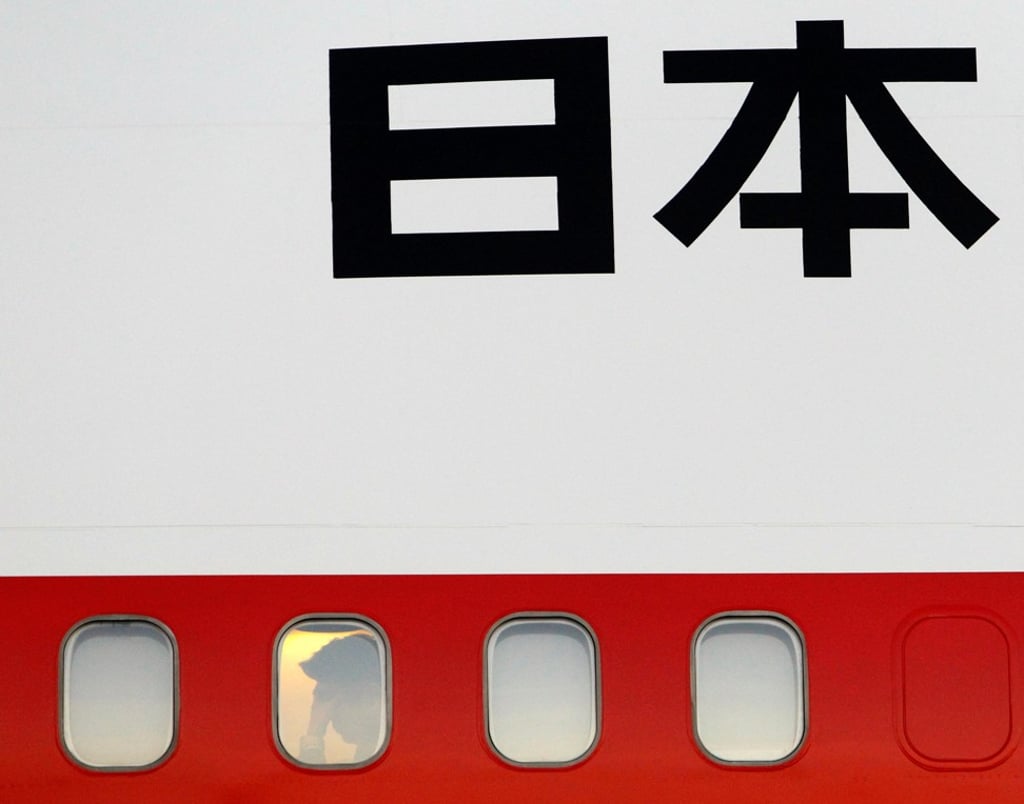Apec miracle: how the US and China can look beyond TPP and RCEP for Asia-Pacific trade harmony
Zha Daojiong says Beijing and Washington could use their Apec membership as the scope to work towards the establishment of a Free Trade Area of the Asia-Pacific, to benefit all Pacific Rim economies


Indeed, if the governments of the top three economies do not see eye to eye on working towards commonly accepted rules in economic interactions down the road, the prospects for achievement in trade liberalisation are dim at best.

One needs to bear in mind, meanwhile, that World Trade Organisation rules do bind all the Apec economies. But those rules are more reflective of product flows and value chains around 1995, when the decision was made to upgrade the General Agreement on Tariffs and Trade (GATT). It was the inadequacy of GATT/WTO rules that led to the search for schemes like the TPP and Regional Comprehensive Economic Partnership (RCEP).